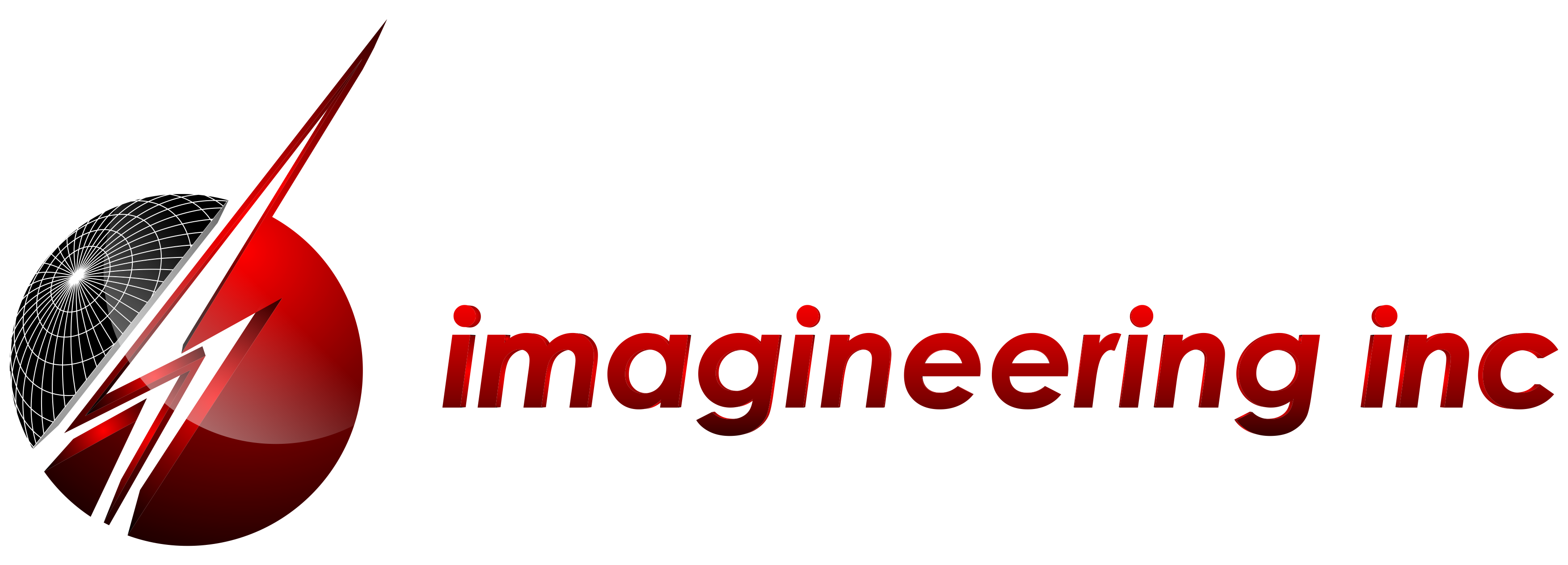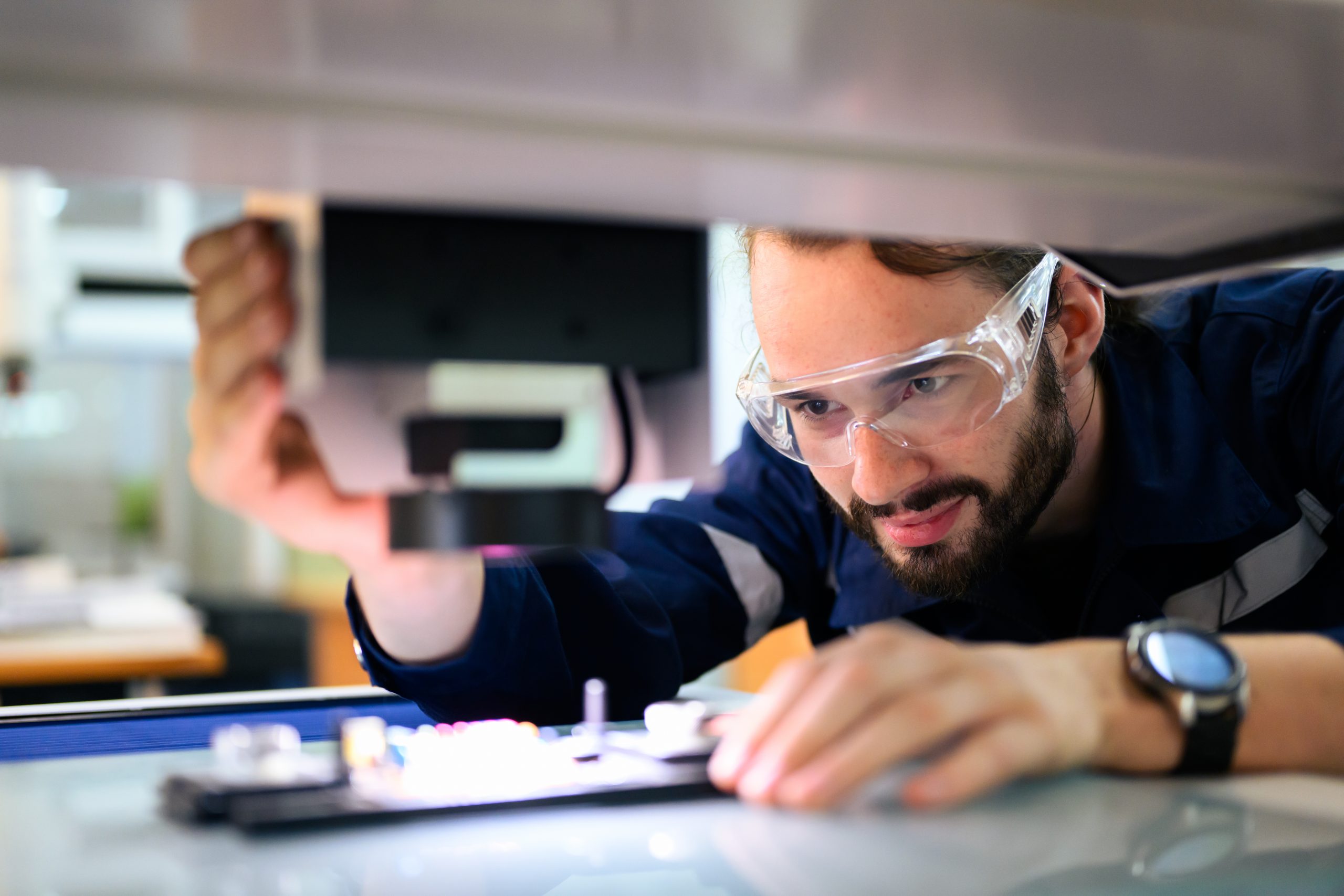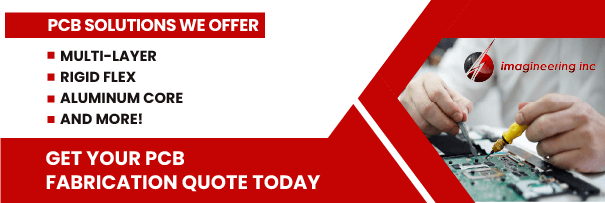The automotive electronics market is on the rise, with a global value of $217.86 billion in 2020 and a projected doubling in total value by Q4 of 2028, driven by factors such as increased digital displays, IoT integration, and advanced safety systems. Manufacturers increasingly rely on printed circuit boards (PCBs) in automotive components to meet this demand.
This article delves into the significance of PCBs in automotive electronics and their crucial role in enhancing performance and reliability to shape the industry’s future.
Why Are PCBs Essential for Automotive Components?
For several manufacturing considerations, PCBs and the automotive PCB market have become increasingly indispensable for modern automotive components.
1. Modern Automobiles Have Far More Electronics Than Their Predecessors
In 1980, electronics accounted for 10% of the value of the average automobile. That value had risen to 35% by 2010 and is currently on pace to reach 50% by 2030.
Every digital display in a vehicle represents at least one automotive circuit board, and many other technologies currently on the rise in automotive applications also use them.
To meet consumer demand competitively, automotive manufacturers need abundant, easily produced, and repaired circuit boards. PCBs, check both boxes.
2. PCBs Are Compact
PCBs, combine parts and elements in more compact spaces than direct wiring assemblies because they replace current-carrying wires with copper tracks, allowing engineers to fit complex circuits into smaller packages.
3. PCBs Save Time
Connecting PCB components takes significantly less time. Manufacturers with a working board design can produce PCBs much faster than other circuitry.
4. PCBs Are More Cost-Effective to Produce
With PCBs, design and testing require the greatest outlays. However, once manufacturers have a prototype that meets all performance and safety requirements, they can produce PCBs at a much lower cost than conventional circuit boards, as PCBs use fewer components.
How PCBs Improve the Performance & Reliability of Automotive Components
PCBs offer a more compact, efficient, and cost-effective alternative to other circuitry options for integrating electronic circuits, which minimizes the chances of failure while allowing for the integration of advanced functionalities such as sensors, communication interfaces, and control systems.
1. Reduced Motion
Manufacturers secure PCB components to the board using solder flux. Secured board components won’t jostle or vibrate internally due to the engine or vehicle motion. This process can extend the life of components and reduces failure rates.
2. Strengthened Connections
Using copper tracks instead of current-carrying wires reduces the incident rate of short circuits and loose connections in PCBs.
3. Reduced Electronic Noise
Minimizing space between components in PCBs reduces electronic noise — random voltage variations due to electrical interference between components in a system. Lowering interference levels also drive down electromagnetic pickup and radiation while assisting with the discharge of heat energy.
4. Easily Identified Fault Conditions
When PCBs fail, technicians can quickly identify the failure mode using a multimeter, reducing maintenance costs.
Mean Time to Failure Comparable with Lifespan of Modern Vehicles
High-quality PCBs have a mean time to failure of 10-20 years. With the average age of cars on the road at 12 in 2021, automotive PCB manufacturers can expect most PCB components to outlast their installed vehicles.
What Types of Automotive Components Use PCBs, and What Are Their Benefits?
In modern vehicles, you can find electronic systems that utilize PCBs in nearly every vehicle component. PCBs are in audio and video equipment, monitoring and sensor systems, and electrically-powered components. The essential components that rely on PCBs include:
- Airbag controls
- Digital displays
- Signal and lamp control
- Avoidance systems
- Radar monitoring
- Infrared monitoring
- Stereo cameras
- Climate control
- Anti-theft systems
Compared to open wiring, the high reliability and tolerances of PCBs and automotive PCB standards also make them essential for many automotive systems that must work under highly variable conditions.
For example, manufacturers must design automotive power supplies to handle load dumps, cold cranks, reverse polarity, and double battery jumps equally. Similar performance requirements apply to fuel injection electronic controls and power train electronics systems.
The Latest Trends in Automotive PCB Design
Designing automotive electronics for modern vehicles requires balancing high standards of precision and reliability with the restrictions of tight, irregular spaces. Recent developments in circuitry design, such as flexible and rigid-flexible boards and 3D printing, have enabled various promising solutions to these challenges.
1. Tolerances
Automotive installations often involve extreme temperature and vibration conditions. Flexible and rigid-flexible PCBs with higher environmental tolerances meet the needs of these systems in applications such as:
- Transmission sensors
- Power steering systems
- Engine timing controls
- Anti-lock brake systems
2. Reliability
Flexible PCBs eliminate the need for many connectors and soldering joints, which reduces the risk of electrical failures.
3. Installation and Maintenance
Rigid-flexible PCBs consist of at least two rigid board components and one or more flexible components that connect rigid portions, allowing engineers to shape them more precisely to irregular installation spaces. This also assists in maintenance, as semi-rigid parts can be easily returned to flush positioning to minimize vibration.
4. 3D Printed PCBs
While flexible materials enable a wider variety of component tolerances and shapes, taking full advantage of these possibilities is cost-ineffective, except at vast production scales. However, with the advent of additive manufacturing through 3D printing, changing component shapes simply becomes a matter of CAD software editing rather than expensive alterations to physical systems.
The Future of PCBs in the Automotive Industry
Technologies like 3D printing not only enable new design possibilities. They also allow for greater software-based capabilities like AI and machine learning integration. AI introduces a high degree of virtualization to many engineering fields. This allows engineers and designers to simulate the performance of a practically unlimited number of component designs and identify optimal variations, potential disadvantages, and failure modes without expending any physical resources.
As AI technology becomes more widely available and adapted to specific manufacturing industries, it will likely play a formative role in future PCB developments.
Automotive PCB Fabrication and Assembly Expertise with Imagineering Inc.
PCBs have become essential to meeting the electronic needs of modern vehicles. As the demand for greater precision and tolerances increases over the next few years and as software-assisted design technologies continue to improve, versatile PCB fabrication and assembly will contribute even more value to automotive manufacturing.
Imagineering Inc. offers a comprehensive range of PCB manufacturing capabilities backed by the industry’s most essential certifications like AS9100D/ISO9001, WEEE, and RoHS. With rapid turnaround times for prototypes and production in aerospace standards of quality, Imagineering delivers cutting-edge PCB fabrication and assembly expertise.
For a custom quote, visit Imagineering today.


